loki100
Posts: 10920
Joined: 10/20/2012
From: Utlima Thule
Status: offline

|
Turn 25: 4-10 December 1941
Ever since the Germans halted their offensive Stavka had been planning a counter attack. One major problem was that the substantial losses of tanks in the summer (and the ineffectiveness of the pre-war Tank Divisions) had left the Red Army short of mobile forces.
Order of Battle
To address this, 4 Armies (4, 37, 38 and 40) were re-organised to include the bulk of the cavalry forces and the few fully equipped armoured formations [1]. Typically these included 4 of the freshly created cavalry corps, with their own specialist tank battalion, additional combat engineers and a mixture of AA, AT and more engineering assets. The few remaining Tank Divisions and the small number of fully equipped tank brigades were also assigned to these formations.

In addition, a number of infantry armies were identified as the main offensive force and allocated the best commanders. Mostly concentrated in Kalinin, Volkhov and North Western Fronts these were also assigned the best rifle divisions (including the elite formations drawn from Siberia), heavy artillery and the new katyusha rocket launchers. The precise OOB varied according to what units had been available but the intention was to concentrate the offensive power of the Red Army in a few formations.
Velikie Luki-Smolensk battles
Fighting on this sector had been going on for the last two weeks as the Soviets probed the German defensive lines. However, 4 December brought a huge escalation. The opening blow was by 11 Army north west of Velikie Luki where elements of Konrad's badly spread out V Corps were swept from their defensive positions. However, to the south, the Germans managed to hold off an attack by 22 Army preventing the Soviets from enveloping the city.

However, NW Front's offensive was the secondary effort. By the 5th, Kalinin Front was in position and 31 Army overwhelmed V Corps' southern flank near Demidov and 20 Army shattered the defensive positions of 23 Corps, allowing other Soviet units to move into the gap between the German strongpoints.


(Soviet infantry attack in the Smolensk sector)
In the meantime Western Front struck the German lines north of Bryansk. The opening attack by 10 Army was held but supporting blows by 13 Army overran an exposed salient and started the process of unravelling the strong German defensive positions on this sector.



Sumy-Poltava battles
The opening blows in the Ukraine were around Sumy. Elements of SW Front quickly forced Hungarian units from their defensive positions on the Psel.

To the south, advanced units of 9 Army failed to break the German lines, but 19 Army forced them back around Poltava.


The rest of the Ukraine was quiet as Soviet units were still moving into contact with the German defensive lines. The exception was in the far south where elements of Coastal Army overran some exposed Romanian positions.
Despite the successes, Stavka was worried at the lack of German armoured formations. Reconnaissance flights and partisan reports indicated the bulk had been withdrawn but it was not clear if the Soviets were being drawn forward into a trap.

(German armour being withdrawn to the rear)[2]
Losses reflected this lack of both armour and air protection. In a weeks fighting the Germans lost 15,000 men (almost 3,000 killed), 2 tanks and 4 planes and the Soviets lost 31,000 men (over 10,000 killed), 150 tanks and 60 planes.
[1] – I'm leaving most of the tank brigades at 50% TOE to save manpower and arms pts and to ensure that my few replacement tanks are assigned to key formations. I think, at this stage, that independent tank battalions are a better use of tanks than the tank brigades.
[2] – think the tank is a captured French S-35?
-----------------------------------------------------------------------------------------------------------
We were overwhelmed with work. Messages to and from every Front arrived all day long. Morale was high, the opening news from west of Moscow seemed to indicate that our troops would overwhelm the Germans. Of course, I kept an eye on any messages from Leningrad Front.
It had lost the elite units that had fought on that sector in September but many of the rifle divisions had been raised in Leningrad, Novgorod or Pskov. What they lacked in training they made up with in enthusiasm. Unfortunately the opening blow by 33 and 55 Armies saw heavy losses as Finnish machine gunners cut down our men as they tried to cross the frozen Volkhov.

At the time it was not clear why we were sacrificing so many men attacking such well defended positions.
_____________________________
|
 Printable Version
Printable Version

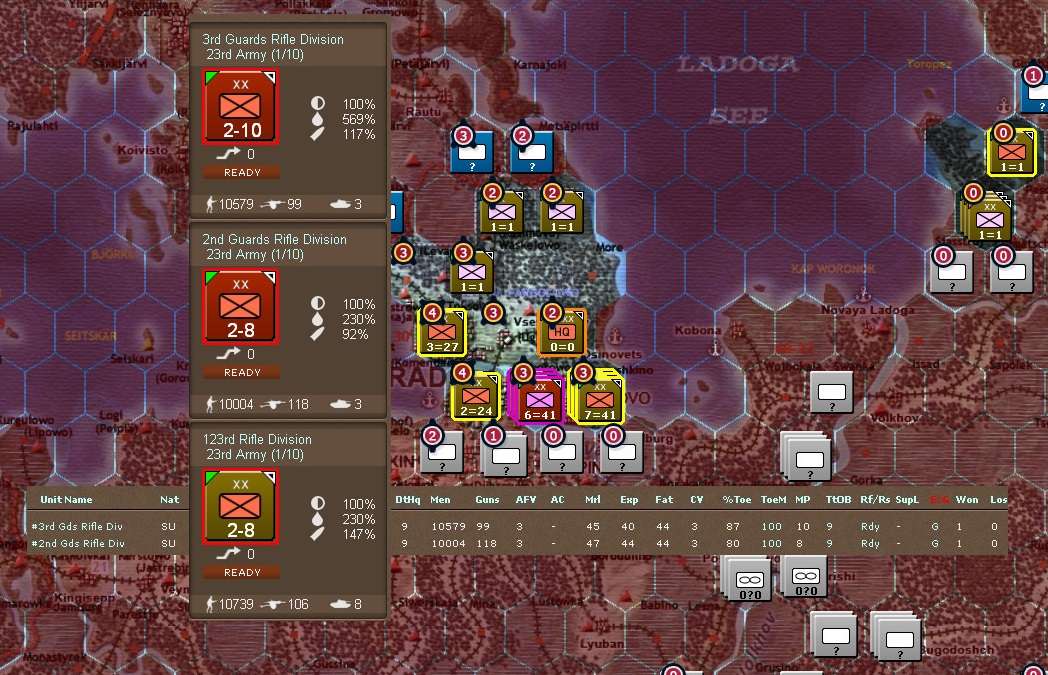
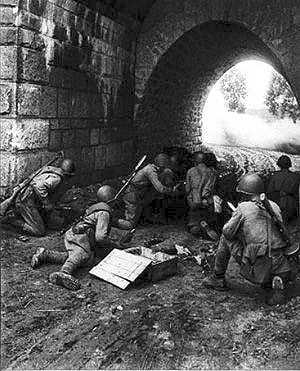









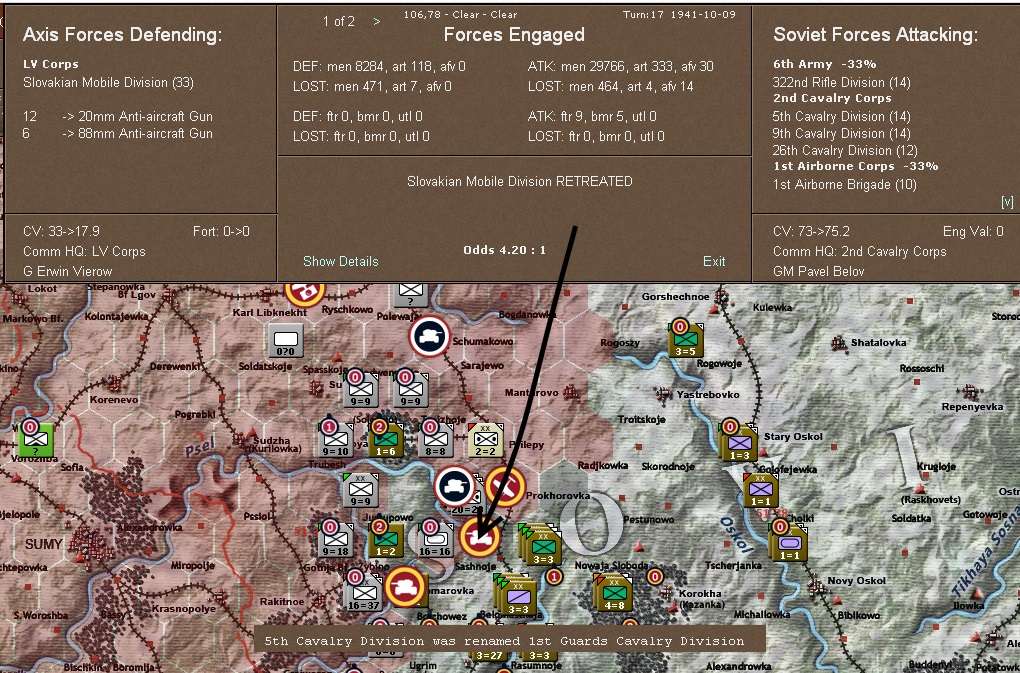
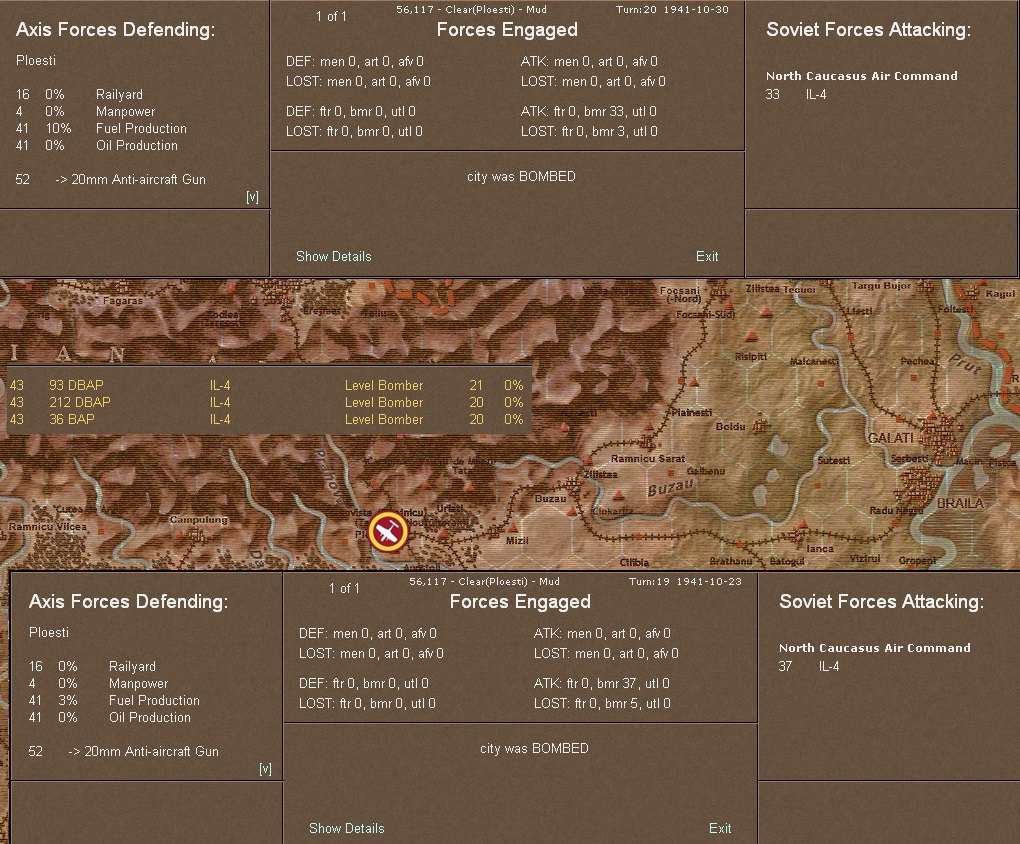
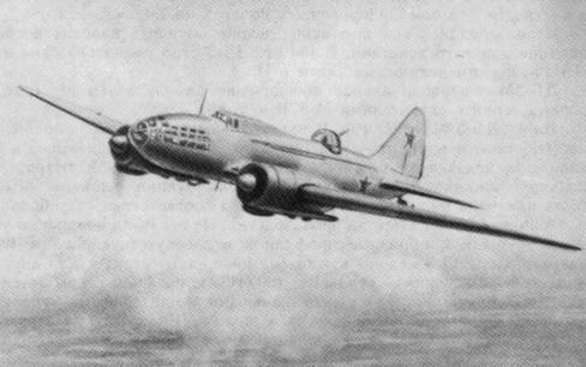

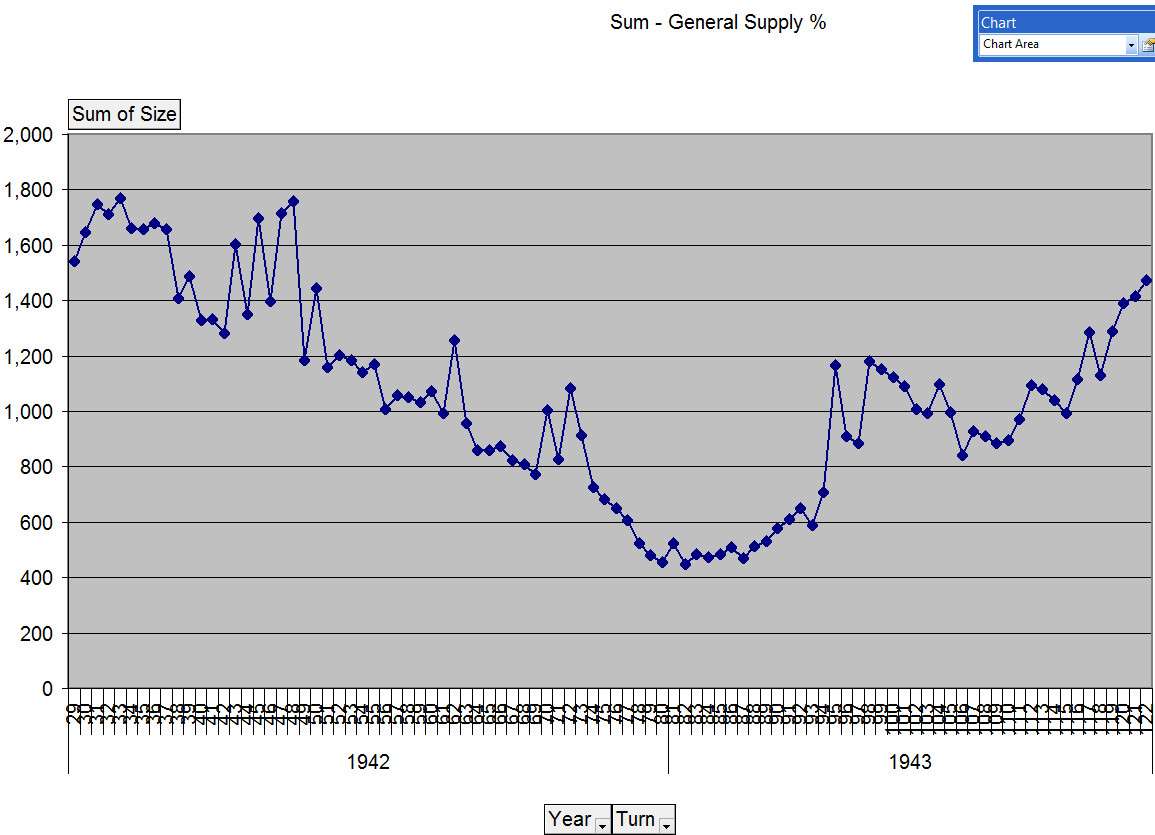
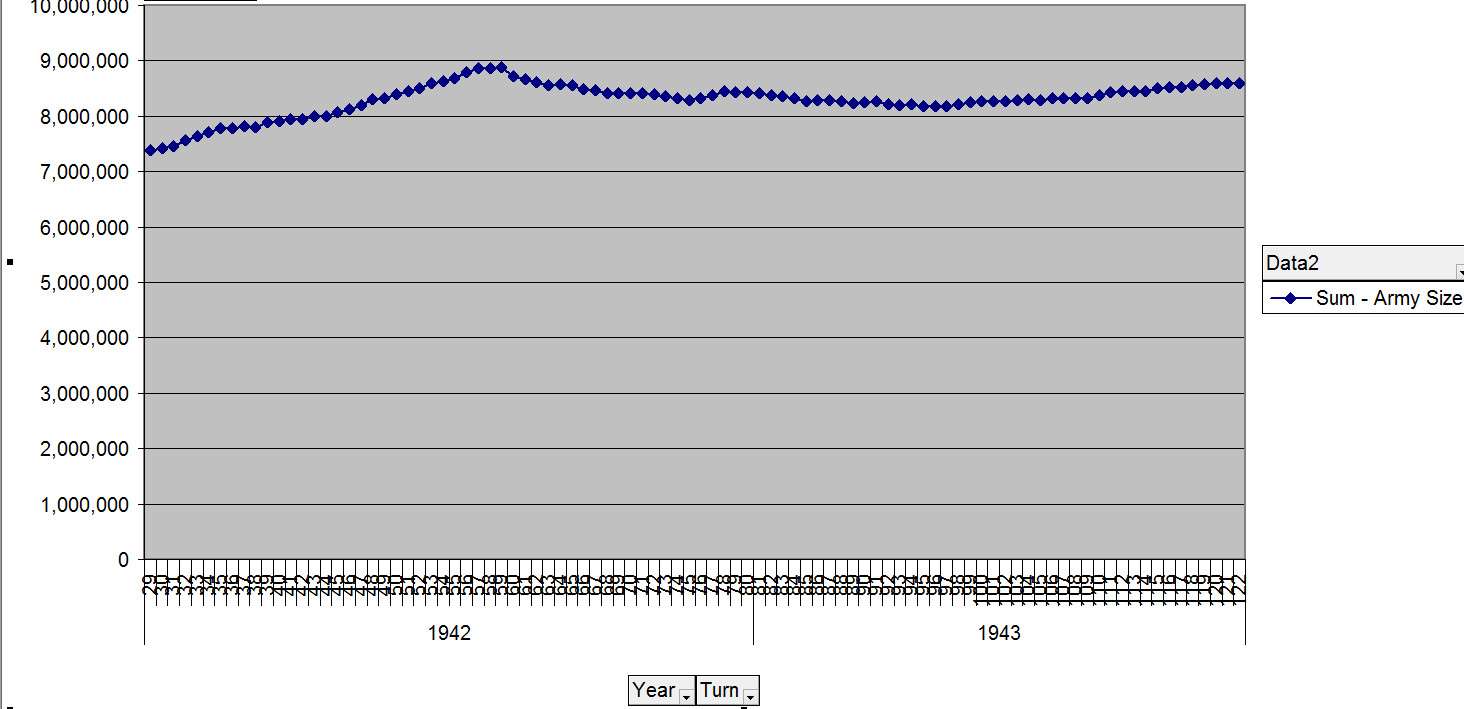
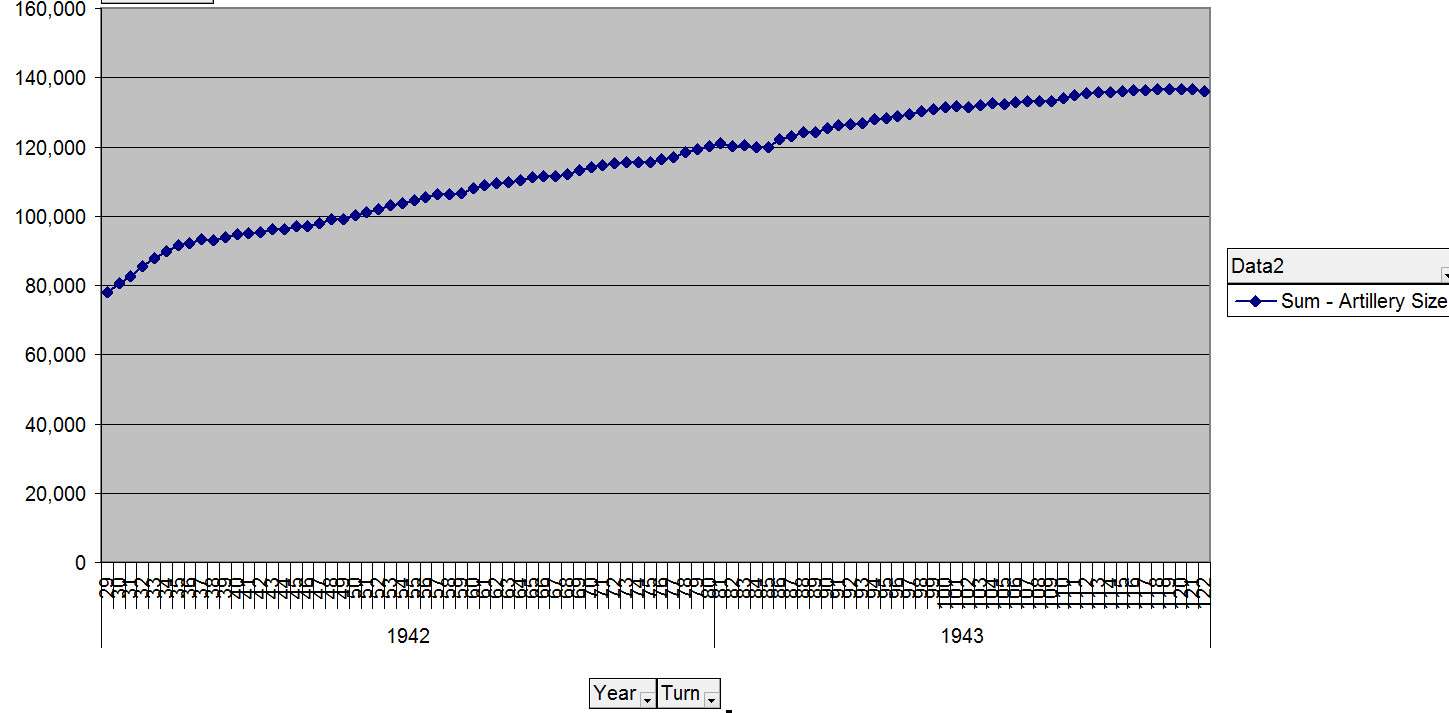


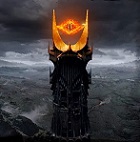



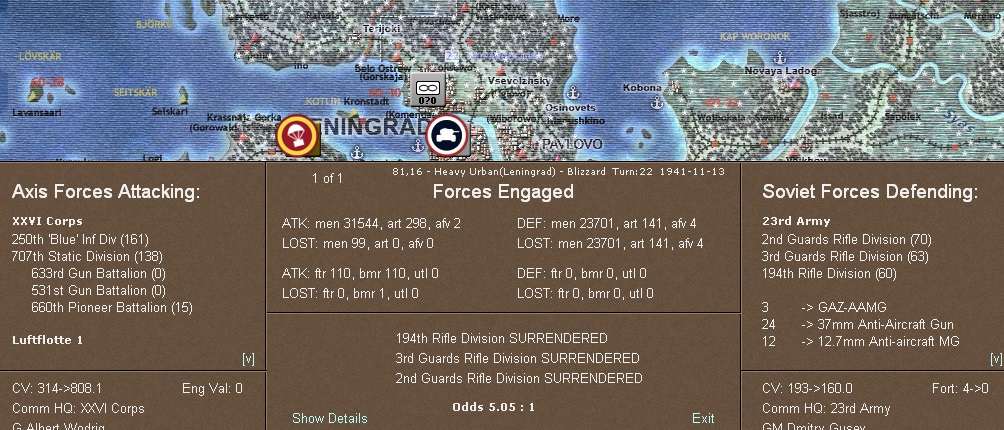
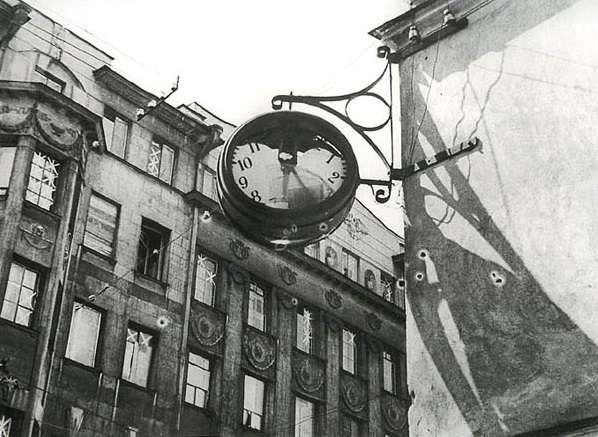
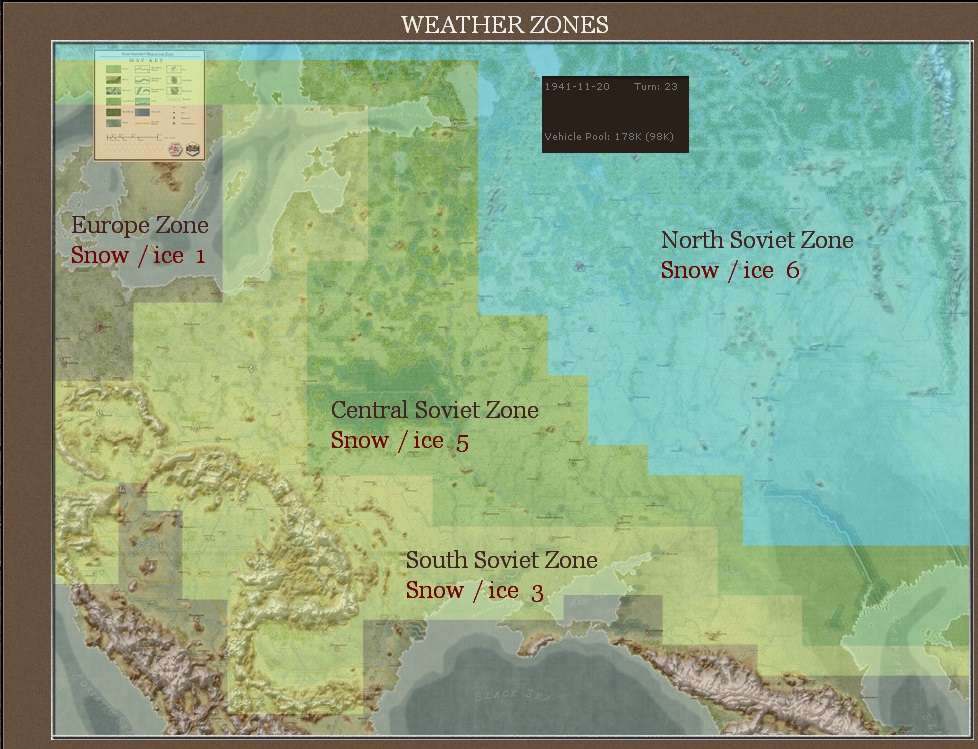
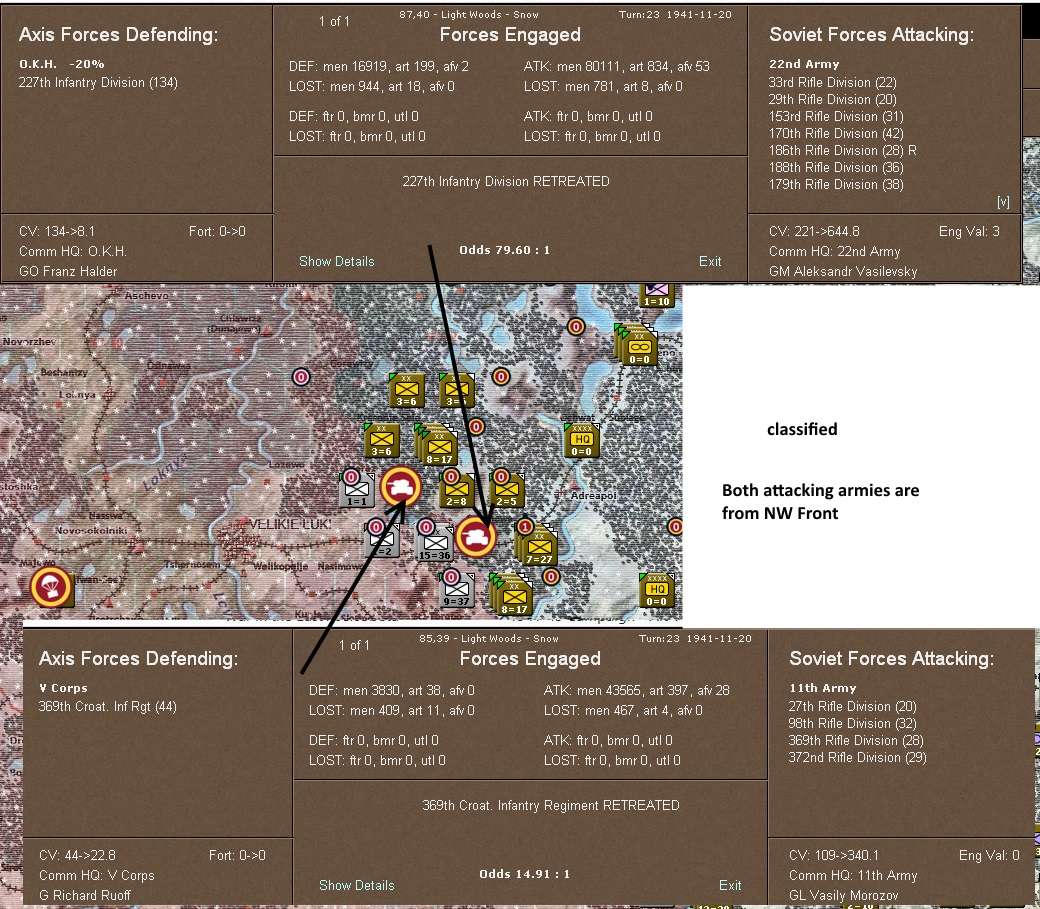
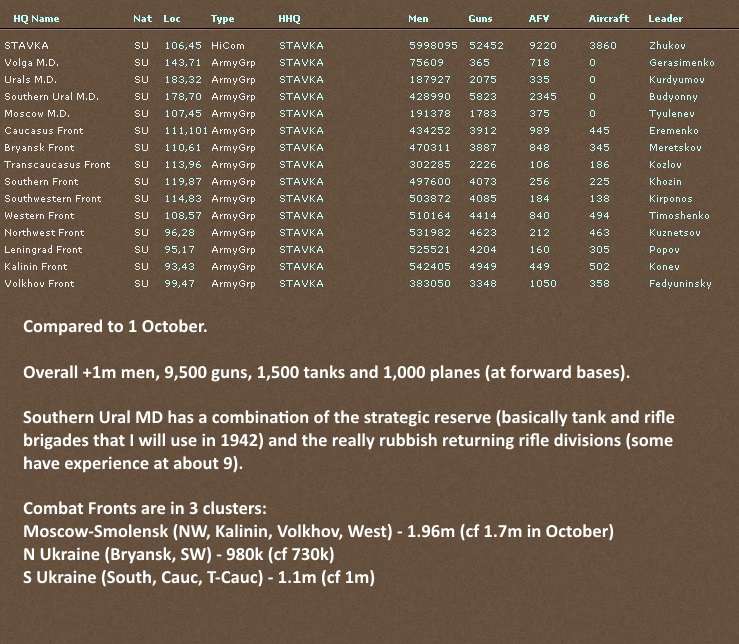
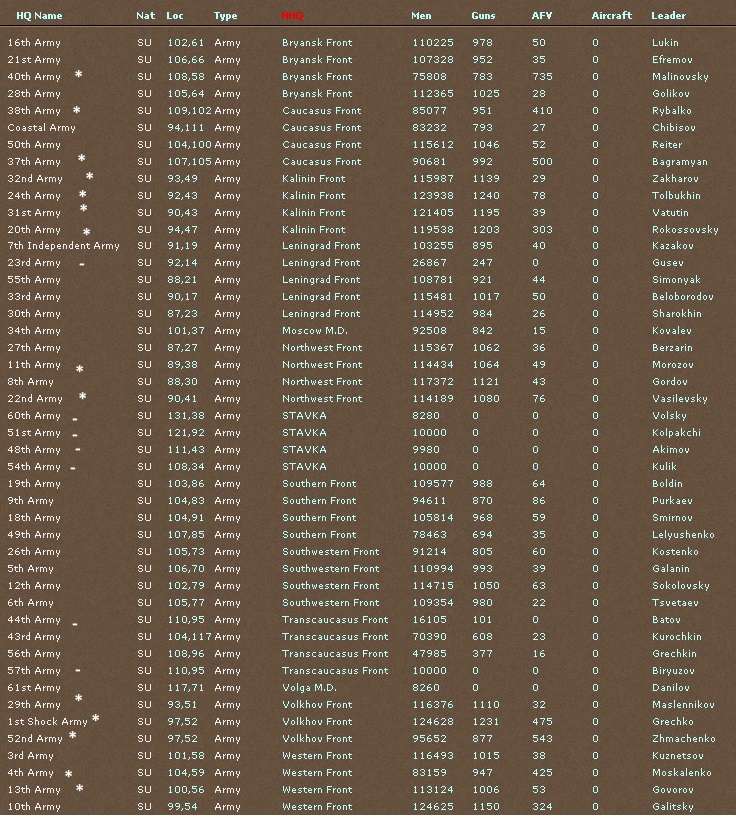
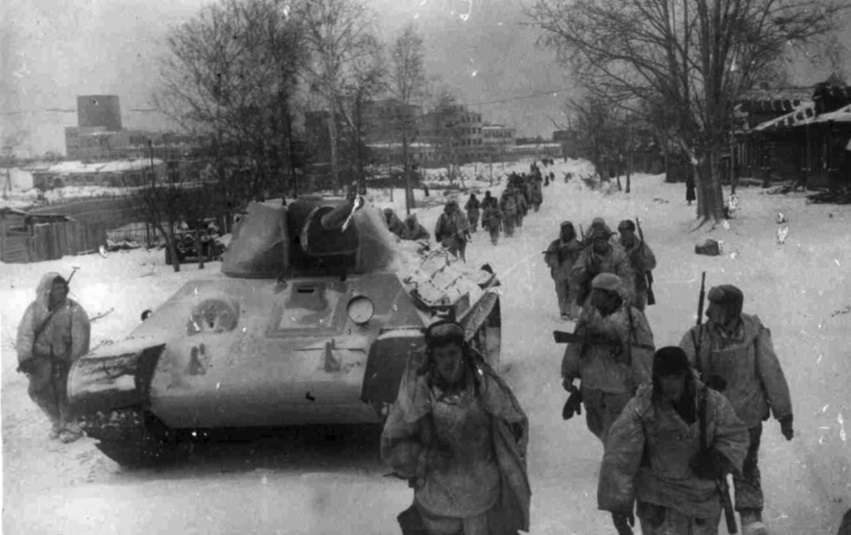
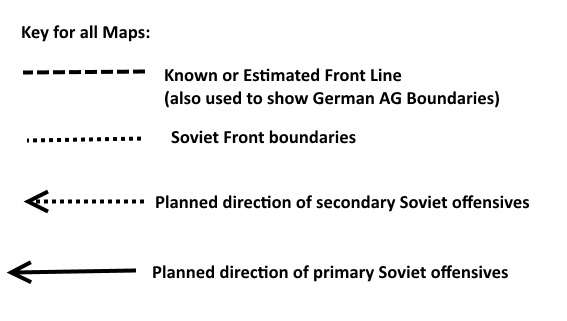
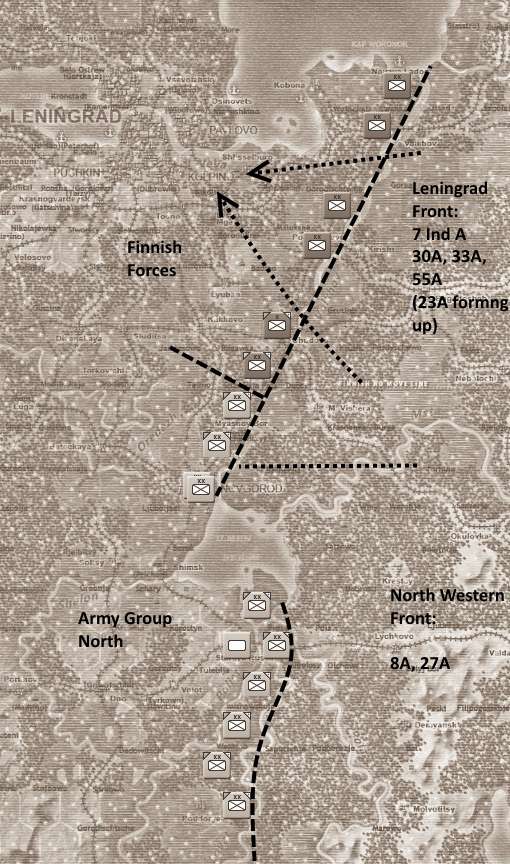
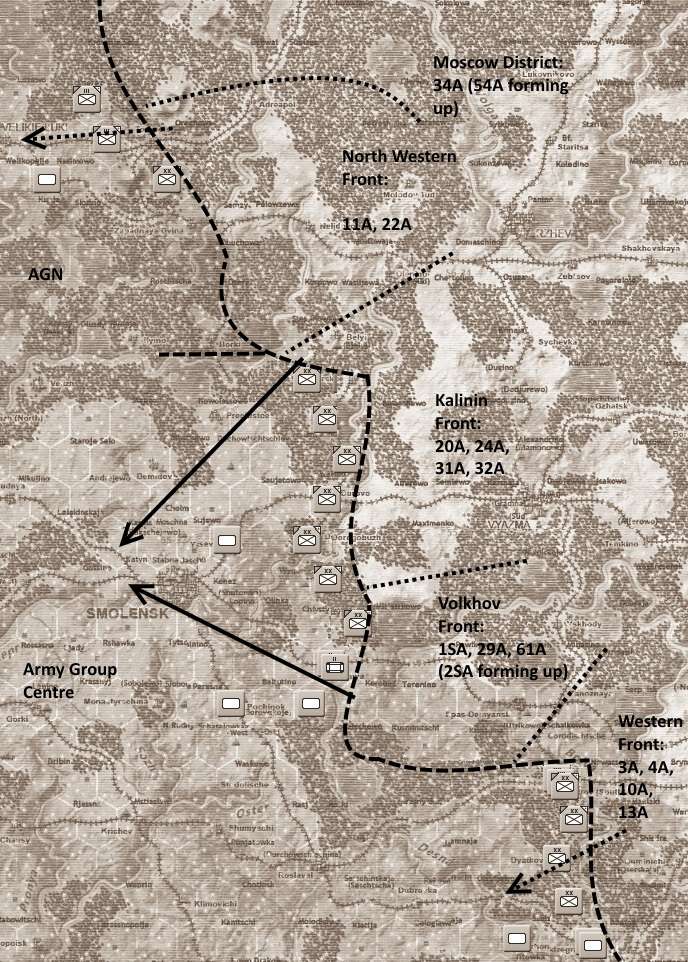

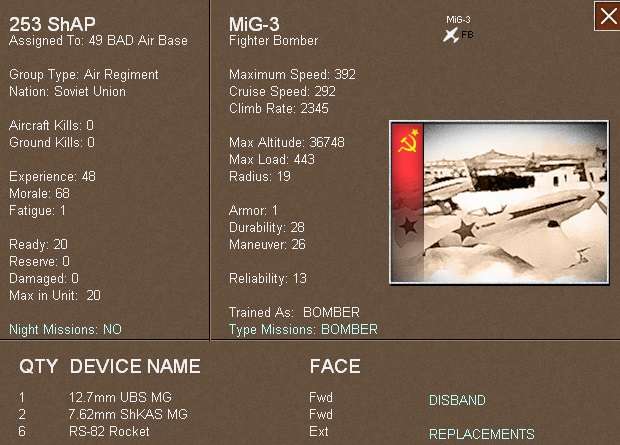


















 New Messages
New Messages No New Messages
No New Messages Hot Topic w/ New Messages
Hot Topic w/ New Messages Hot Topic w/o New Messages
Hot Topic w/o New Messages Locked w/ New Messages
Locked w/ New Messages Locked w/o New Messages
Locked w/o New Messages Post New Thread
Post New Thread